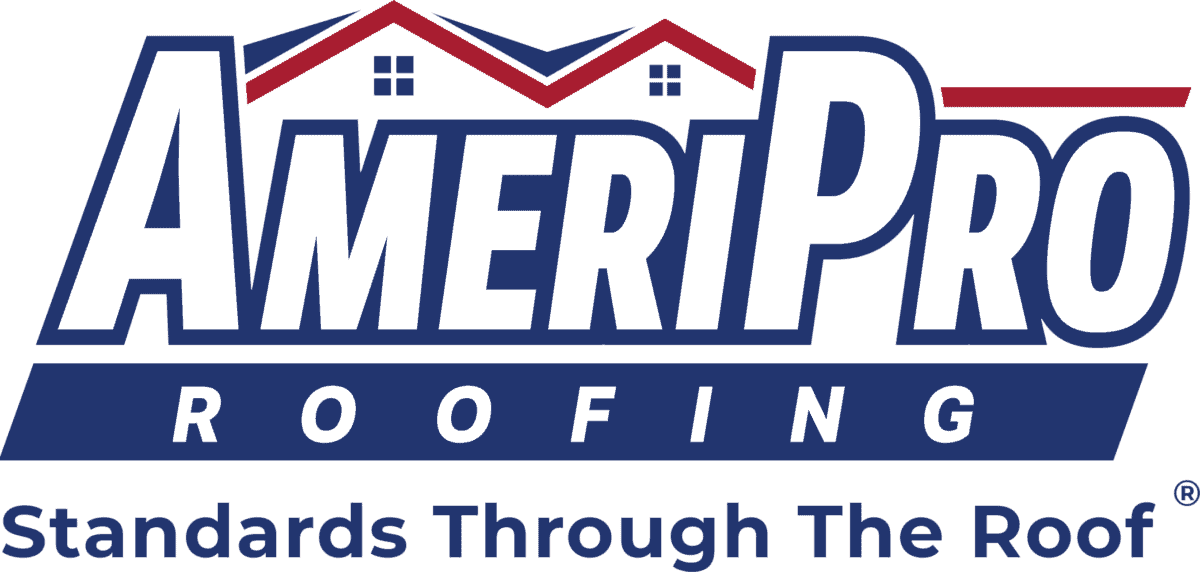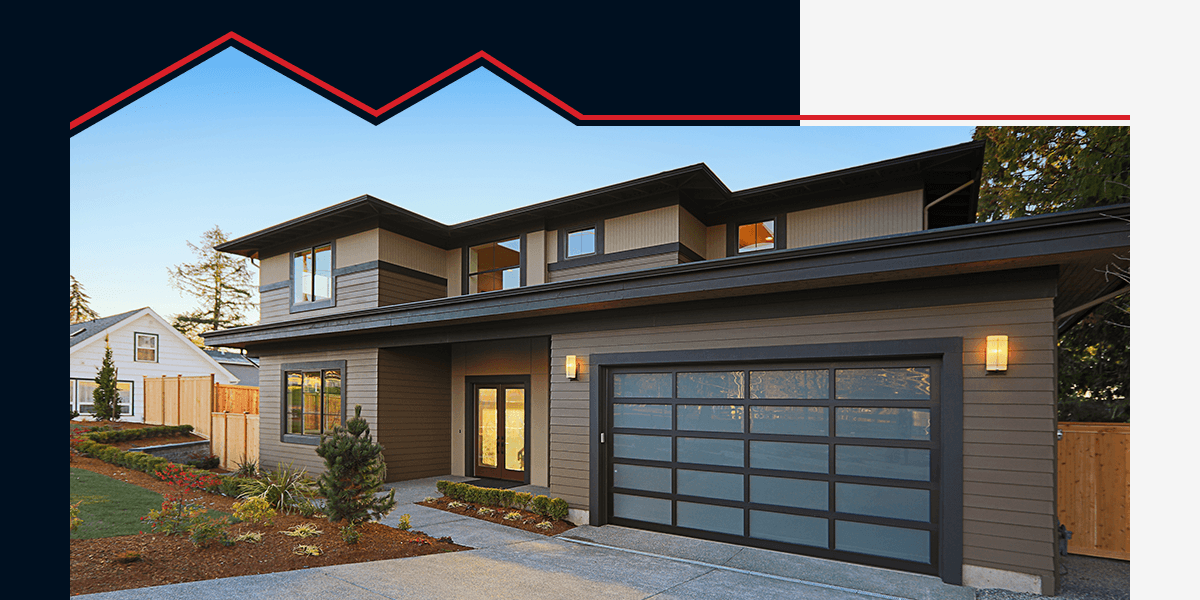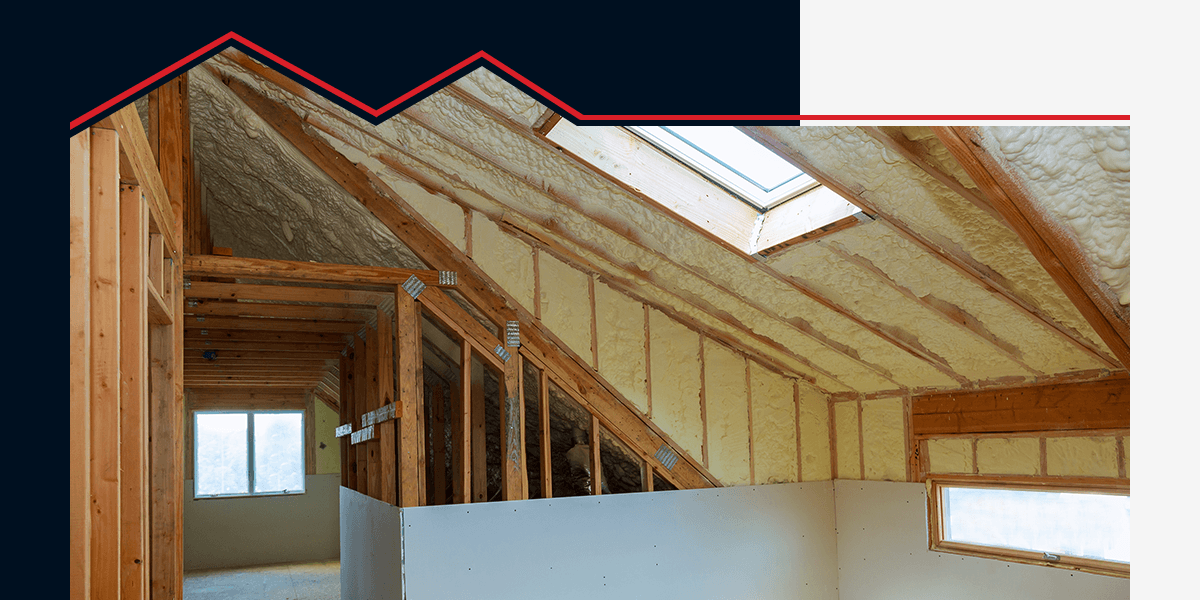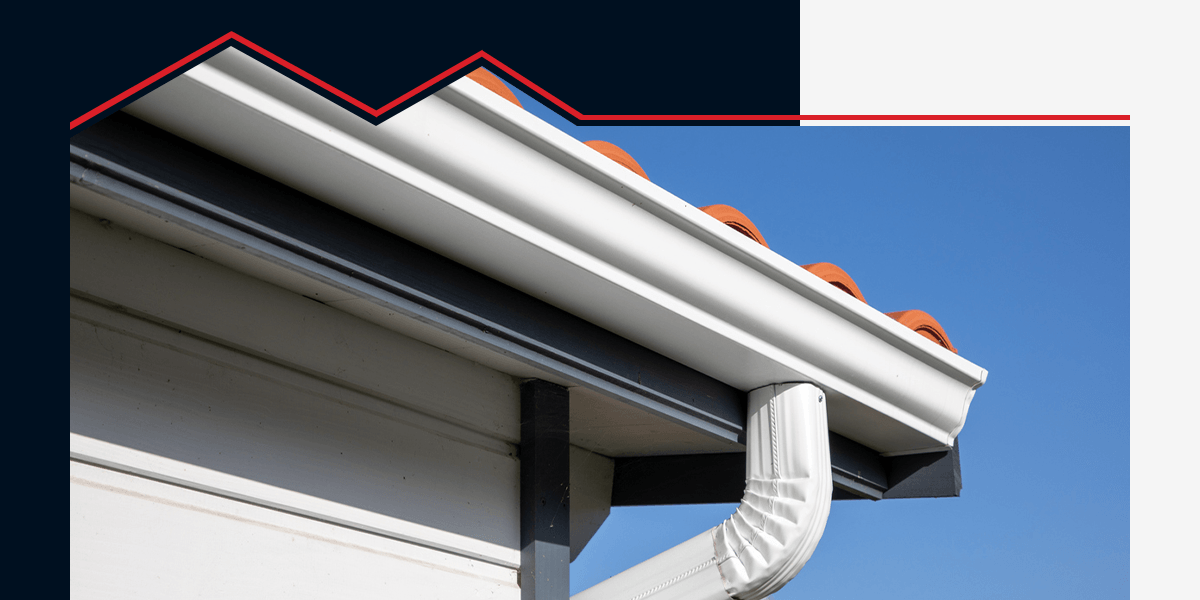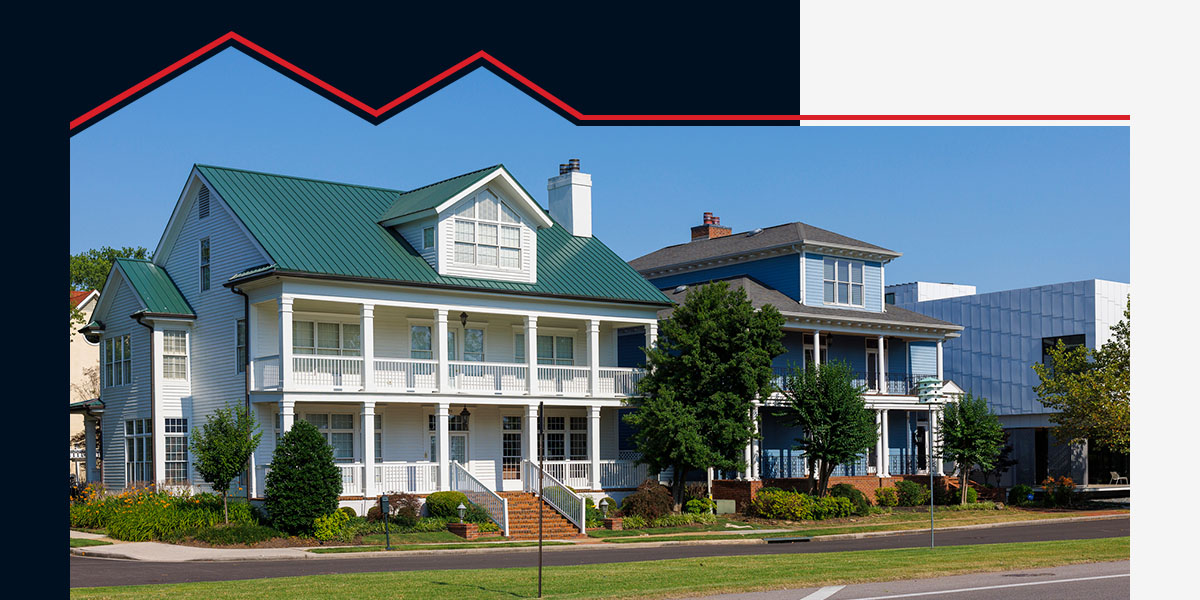
If you live in a southern state like North Carolina or Tennessee, oppressive heat and humidity are your constant companions for much of the year. The southern weather can also take a toll on portions of your home, especially the roof, siding and gutters.
Southern Weather Trends
Traditionally, North Carolina and neighboring Tennessee have roughly the same weather patterns. July is typically the hottest month of the year in these two states, with an average maximum temperature of 90 degrees Fahrenheit. This can vary depending on the region — for example, both states have their share of mountainous areas, which can impact the temperature.
Tennessee and North Carolina are close to each other in minimum temperatures as well. The average annual minimum temperature for the latter is 52 degrees Fahrenheit, compared to 50 degrees for the former. Tennessee is also slightly wetter.
Tennessee’s Climate
Overall, Tennessee has a temperate climate consisting of warm summers and mild winters. Significant variations can occur between the state’s four climate zones, known as East, the Cumberland Plateau, Middle and West. The Cumberland Plateau and the mountainous regions to the east typically have a lower average annual temperature than the rest of the state.
While snow is not uncommon in Tennessee, the accumulation throughout the winter is relatively light. For example, The average snow accumulation in January is approximately 2 inches in Nashville and Knoxville and only 1.5 inches in the Memphis area.
North Carolina Climate
Very warm summers, moderately cold winters and frequent humidity characterize the North Carolina climate and weather. Like Tennessee, the state’s diverse regional elements contribute to significant regional climate variations. North Carolina consists of three climate regions — the Coastal Plain along the Atlantic coast, the central Piedmont plateau and the Appalachian Mountains in the west. The elevation increases by approximately 6,000 feet when traveling from the ocean to the mountains.
Snowfall is most prevalent in North Carolina’s western region. The mountain city of Asheville averages approximately 4.1 inches of snow in January while lower-elevation Charlotte receives about 2.1 inches.
The Climate’s Impact on Houses
The often volatile weather in the South can significantly affect all areas of a home, especially the roof, gutters and siding.
Heat and Humidity
The hot, humid weather pervasive in Tennessee and North Carolina for much of the year can promote roof damage. Over time, humidity will accumulate in the attic, which typically has the poorest airflow in many homes, and the resulting combination of heat and moisture can contribute to shingle deterioration. Properly maintained ductwork and sufficient ventilation are essential for mitigating this issue.
Sunlight
The South is also renowned for its brilliant sunshine that can “bake” a rooftop, especially during the summer months. If your roof consists of asphalt shingles, they will heat up quickly as the temperature skyrockets, which can cause them to warp and crack. Consequently, moisture will have an easier time getting inside and creating water damage. The presence of curled shingle edges is a telltale sign of warping due to extreme heat and sun.
Thermal shock is another issue resulting from constant exposure to sunlight. This typically occurs after a day of bright sun followed by a substantial temperature drop overnight. The sudden change causes the roof’s structure to expand and contract rapidly, leading to degradation.
Does your roof have a dull appearance? The sun’s ultraviolet rays can cause asphalt shingles to fade and lose their color. This typically occurs as the roof is nearing the end of its life span and is often an indication that it’s time for a replacement.
Wind
Severe storms, hurricanes, and even tornadoes can occur in areas of North Carolina and Tennessee. These significant weather events can wreak havoc on a house, and they’re often especially dangerous for the roofing system. Houses with loose shingles are especially vulnerable to heavy winds, but structures with newly installed, secure shingles can be at risk as well.
Other examples of wind-related roof damage include falling debris like hail, downed power lines and tree branches. If a weather event is sufficiently powerful, it could even blow the entire roof off a structure, especially if it wasn’t secured correctly during installation.
Rain
If you live in an especially wet or rainy area of North Carolina or Tennessee, you’re more likely to experience more rapid roof deterioration. As water continues to penetrate the roof deck, it could eventually compromise the whole installation’s structural integrity. A small leak coming through your home’s ceiling during rainfall or immediately after a storm is often the first sign of a significant roof problem, and a good indicator that it’s time to call a professional.
Contact AmeriPro Roofing for Your Roofing Needs
Is the harsh weather impacting your home in North Carolina or Tennessee? The experienced roofing, siding and gutter replacement and repair experts at AmeriPro, the leading residential roofer in the USA, are ready to serve.
Contact us to discuss your needs and schedule a free roof inspection today.


